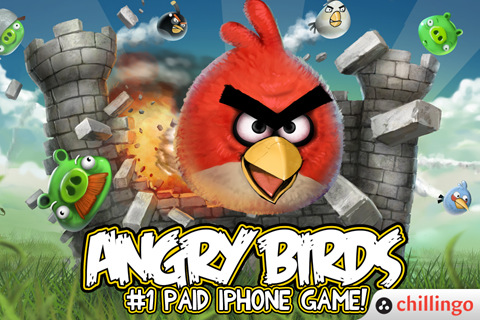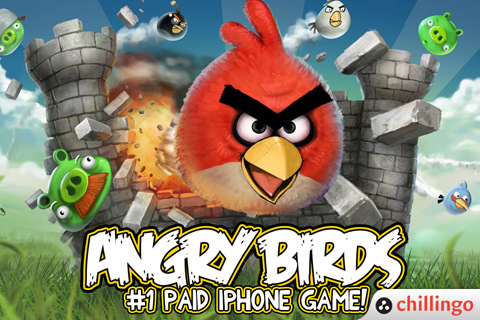
Google has launched The Guide to the App Galaxy, a decent primer for getting started in app development covering development, but also the commercial considerations of promotion, business models and measurement.
Contained within the guide are interesting snippets of advice from other developers. This includes advice from the current darling of the app store, Rovio, creators of the Angry Bird’s phenomenon which has grown from a single game into a franchise including multiple games, merchandising and even a movie brand extension.
Making the perfect game
So, what is the secret to success? There’s no magic formula, but Rovio do provide some good advice.
A game has to be easy to learn, but a challenge for users to master. It also should be user friendly, have zero bugs, and amazing graphics.
For Angry Birds, we focused on creating a great game with a story that piqued people’s curiosity. We wanted people to ask, ‘Why are the birds angry?’ and get them to find out by downloading the game. This single question, combined with fun and addictive gameplay, generated significant buzz that quickly took over the mobile games community.
A game is not just for Christmas.
While it was a wonderfully addictive game what also helped it to stand out was the low price of 59p (99c) and the generosity of its updates, with the regular addition of new levels and bonus ‘golden eggs.’ Rovio also were careful not to take the money and run but to focus on engagement. Happy customers provide good reviews and also contribute to the viral effect of a game’s success.
We measured initial performance by tracking downloads. But we also wanted to focus on engagement, a performance metric we thought about early on and built into the game by releasing different episodes, levels, and content with each update.
Additionally, we’ve allowed users to track their scores so they can try to improve their best records and stay engaged with the game. It’s working, because to date over 100 million minutes have been spent playing Angry Birds–that’s comparable to engagement with prime-time TV!
Platform extensions
Having paid its way on Apple’s App Store, Rovio were soon looking to respond to demand on other platforms.
We wanted to make Angry Birds available to all mobile phone users, regardless of platform, so we started to develop for other operating systems, like Nokia handsets, webOS, iPad, and Android.
Building on Android was a no-brainer. With the rapid adoption of devices running Android, it was the perfect opportunity to extend the Angry Birds brand.
A new approach on Android
Of course when it came to their much hyped Android launch they went for a different business model reflecting the dominance of free on the emerging market, but still exploring other options for monetisation.
When it came to monetizing on Android, we opted to team up with Google to do an ad- supported model. We had already built a strong brand, so we were comfortable in giving our app away for free.
We’re now looking at other ways of earning revenue, like offering in-game purchases. For example, we now offer users the ability to purchase ‘The Mighty Eagle’, which users can buy to solve any level in the game. We made the Mighty Eagle central to the game instead of creating more products and hoping users would buy them. To date, nearly half of users buy the Mighty Eagle.
And the key takeaway? As with all content, it has to start with a great idea and a great product.


And not forgetting the key ingredient – a massive dose of luck (and no little talent).